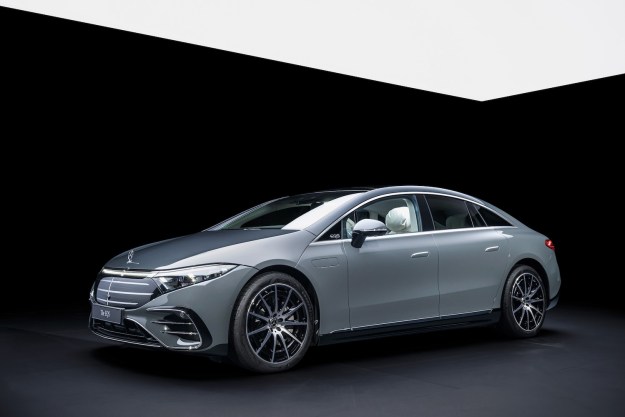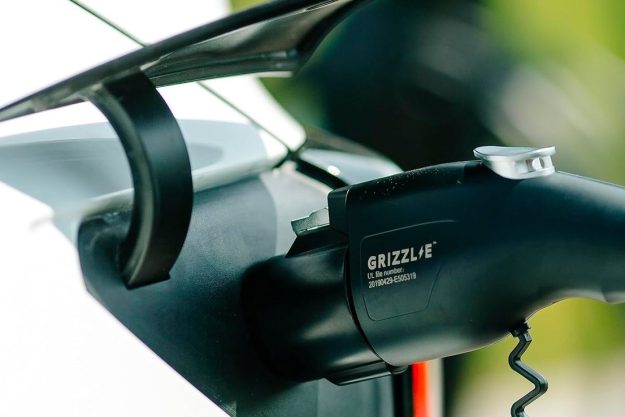
According to Ford, gamers deliver “a fresh perspective on mobility,” and a group of them have been doing so since August by developing games that integrate different types of transit. Grand Theft Auto-style hi-jinks may be the most fun way to get from A to B, but these games strive for efficiency by mixing public transportation, driving, cycling, walking, and more.
“Gaming enables people to access data in a fun, engaging and rewarding way, and by encouraging people to share data, gaming offers the potential for better planning of personal journeys, and more seamless, less stressful travel,” said Will Farrelly of Ford Product Innovation. “The fresh perspectives and innovative ideas delivered by developers through the Ford Smart Mobility Game Challenge demonstrate the potential for gaming to have a hugely positive impact on the next generation of transport solutions.”
Six finalists have officially been chosen by the manufacturer, and they now have until January 11, 2016 to fully develop their concepts. Once that happens, a special jury will whittle the group down to three, who will present their games at the Mobile World Congress on February 22. The winner will go on to receive €17,500 ($18,668) in prizes, including €10,000 ($10,663) in cash.

The six finalist games are deCommute, ECO Saviour, Jaunt, SelfieGO, moopi, and wave-calmer, and each has its own unique style and personality. deCommute is a basic route-planning game, but it rewards users for finding the most adventurous path, conserving energy, and managing time efficiently. By contrast, ECO Saviour is a multiplayer game where players enter a virtual version of their city and attempt to reduce smog by traveling in the most environmentally-conscious manner.
In a similar vein, Jaunt presents an interactive experience where users are matched with companions for typical commutes and outings, but instead of cleaning up the air, the goals are saving money and traveling safely. Next up is SelfieGO, and as its name suggests, it uses a GPS-enabled map to show the best commuting routes for selfie optimization. Of course, you can also share your photos on social media.
The last two finalists were selected from Ford’s Smart Mobility Hackathon, which took place at the Clash of Realities international digital games conference in Cologne, Germany earlier this month. The first entrant is called moopi — an app concept that enables players to raise and nurture a “moopi” avatar by using the road network in the most efficient manner. The last finalist is dubbed wave-calmer, and it encourages drivers to prevent traffic jams by maintaining a steady speed using graphics projected onto a virtual windscreen.
Which game will take the prize? More importantly, how will it affect the next wave of Ford vehicles? Stay tuned to DT Cars to find out.


